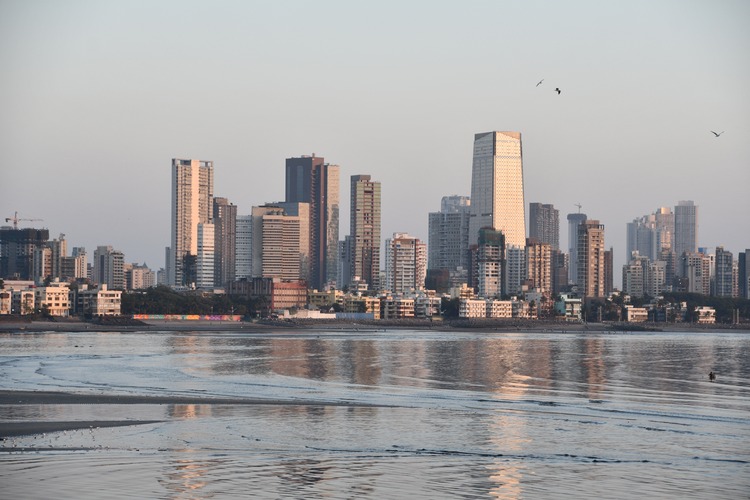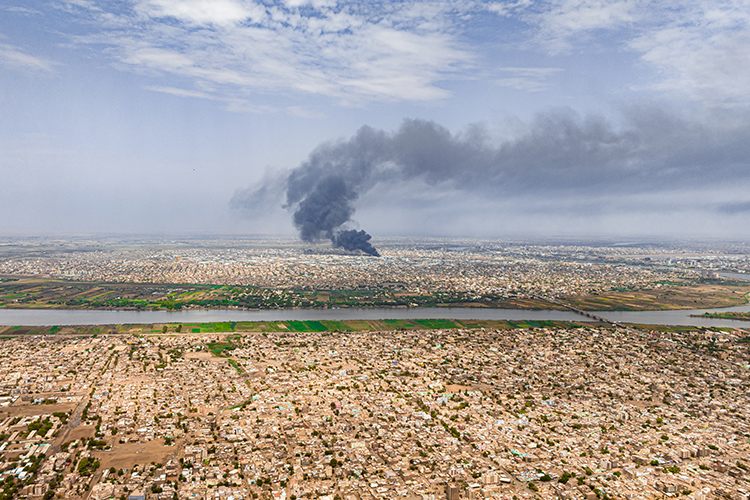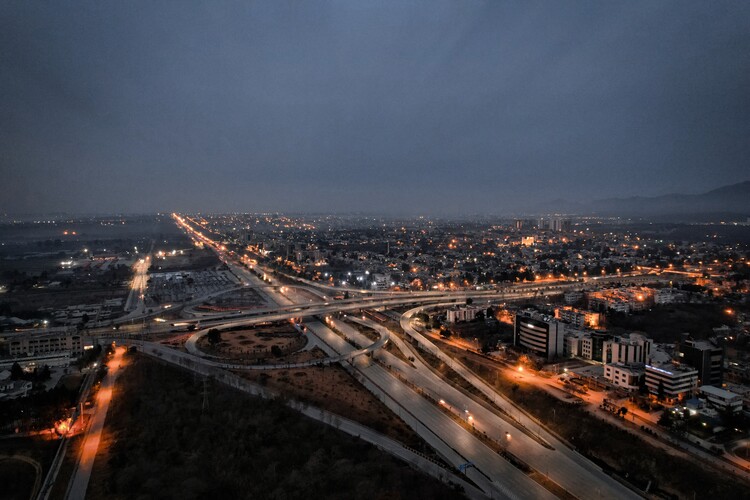
Why are they leaving? Find out more about each of the top ten countries across the globe with the highest emigration rates
By
Most people in the world live in the countries where they were born – only one in 30, or 0.03 percent – are migrants. Of those individuals who emigrate, the UN has recently released their 2024 Revision of World Population Prospects, revealing the countries with the highest rates of emigration. Here are the current top ten, in reverse order.
10. Philippines – 164,000 net migration in 2023

More than 10 million Filipinos work abroad, and the majority of those migrating – around 60 per cent – will move to the United States. Around 20 per cent will migrate to Canada, 6.21 per cent to Japan and 5.9 per cent to Australia. Finding work overseas, as well as family reunification, form reasons for some of the Philippines’ 117 million strong population to choose to emigrate.
9. Brazil – 240,000 net migration in 2023

With a population of over 216 million people, emigration in Brazil is occuring due a variety of factors, including economic crises. Between 2010 to 2020, applications from Brazilians for Portuguese citizenship grew from 24,000 to 58,000. In 2021, 1.8 million Brazilians were living in the United States, increasing by 20 per cent since 2016.
With concerns rising over ‘brain drain‘ – the emigration of highly-skilled workers away from a country – Brazil has recently begun a programme offering financial incentives to Brazilian researchers now working abroad.
8. Ukraine – 300,000 net migration in 2023

With a total population of 37 million people, Ukraine has experienced emigration due to the ongoing repercussions of the Russia-Ukraine War. Around 6.3 million Ukrainians have fled the country, either as refugees or asylum seekers. Germany, Poland and the United States have seen the largest number of refugees – with Estonia, the Czech Republic, and Lithuania receiving the largest proportion of Ukranian refugees compared to their population.
7. Türkiye – 318,000 net migration in 2023

In 2023, more than 100,000 Turkish citizens applied for asylum in countries across the EU, a rise of 82 per cent from 2022. The country’s economic crisis since 2018, as well as political factors, are additional reasons contributing to large-scale emigration.
Türkiye is also one of the world’s largest refugee-hosting countries, with an estimated 3.2 million Syrian refugees and 220,000 more from other countries.
6. Nepal – 410,000 net migration in 2023

Nepal’s population of almost 31 million people has experienced a high level of emigration – namely within 25-35 year olds – due to a lack of employment opportunities within Nepal combined with the prospect of a higher income outside of the country.
The migrant flows from Nepal to Qatar during the 2022 World Cup resulted in severe labour injustices and even death to some of those who formed part of the labour force involved in construction activities. As well as this, around 4700 migrant workers from Nepal died between 2019 and 2023.
5. Bangladesh – 550,000 net migration in 2023

According to the International Organisation of Migration (IOM), an estimated seven million Bangladeshis are currently living abroad. With the country’s population of more than 172 million people, Bangladesh has experienced high levels of emigration due to a variety of factors, including the instability of the domestic labour market leading to labour migrations concentrated towards the Middle East.
As well as this, most of the country is less than five metres (16.5ft) above sea level. The looming threat of environmental changes and natural disasters also forms a key reason for emigration.
4. China – 568,000net migration in 2023

With the world’s largest population – around 1.42 billion people – emigration from China for those who are high-skilled is rising fast, compared to a relatively stagnant growth in emigration from low-skilled or unskilled individuals.
Much like Brazil, China is also experiencing brain drain, and has since implemented policies to maintain relationships with individuals who have left the country, including temporary exchanges and recruitment programmes.
3. India – 979,000 net migration in 2023

India’s population of 1.41 billion – the second biggest in the world – has faced the third highest emigration rate according to new data from the UN. Factors such as increased income when working in destination countries can motivate this trend in migration. As well as this, job security can also be an appealing factor, due to the fact that 90 per cent of India’s workforce engage within the informal economy.
2. Sudan – 1.35 million net migration in 2023

Many individuals and refugees are fleeing Sudan to either return home or to other neighbouring countries – including Chad, South Sudan, Ethiopia and Egypt, due to the ongoing Sudanese Civil War between two military factions.
With a population of more than 48 million, Sudan is reported to have the largest number of internally displaced people in the world too. Since the Civil War began in April 2023, an estimated 10.7 million people (around 2.1 million families) have been displaced.
1. Pakistan – 1.62 million net migration in 2023

Pakistan, with a total population of more than 240 million people, has the highest number of individuals emigrating according to 2024 UN data. Reasons for this emigration include fluctuating economic conditions and challenges within the labour market in Pakistan, as well as growing demand for work in key destination countries.




